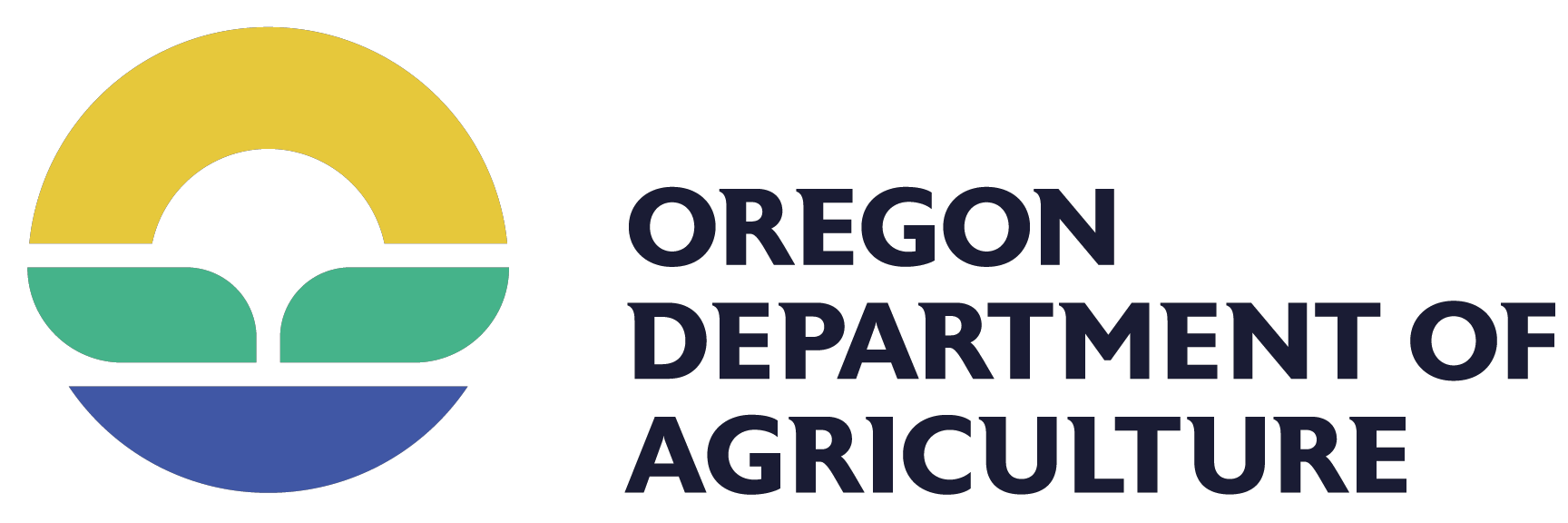|
This is a friendly reminder to please keep a close eye on your pets or leave them inside on the date of your scheduled treatment. With many people home during the COVID19 pandemic we have also noticed an increase in pet interaction during our Japanese beetle treatment. We understand that this is difficult, especially since we are unable to knock on doors this year as a way to maintain social distancing. If you are unable to keep your pet inside, please contact project coordinator Ashley Toland at (503) 881-5198 or email [email protected], and we will make arrangements to call you on day of treatment before we arrive on your property.
Thank you for your understanding during this difficult time, and for helping keep our crews safe! The Oregon Health Authority (OHA) is leading the state’s response to COVID-19. Health officials urge good hand washing practices, covering our cough, and staying home if sick. Based on these recommendations, our Japanese beetle eradication project will adopt the following measures to reduce contact and exposure between you and our eradication team:
1) Our staff will practice good hand washing hygiene and handle any notifications left at your door with gloves following recommendations by the Centers for Disease Control (CDC) and OHA. Sick ODA employees will be asked to stay home. 2) We will contact you by electronic means—phone, e-mail, and text—to alert you about the treatment date of your property in order to practice social distancing. We will avoid knocking on your door to reduce physical contact. 3) Please unlock your gates on the day of treatment to reduce exposure. We appreciate your continuous support and assistance for our Japanese beetle eradication efforts under these unprecedented times. Please feel free to contact project coordinator Ashley Toland at (503) 986-4638 if you have specific questions, but understand that response time may be delayed due to the current circumstances. Thank you for your understanding. The 2020 Japanese beetle eradication season will soon be underway. We wanted to thank you again for your support, and remind you to please fill out the online or paper consent form if you have not done so already. Online consent form can be found here: https://oda.direct/JBconsent
We also wanted to answer several of your most common questions below. You can also review our FAQ sheet at: japanesebeetlepdx.info/faq. Please reach out to us for any additional questions you may have about the project. When will my property be treated? The granular treatment of Acelepryn® will occur in April, May, or June of 2020. For select areas with high beetle density a second supplementary foliar application will occur in June or July of 2020. If you provide a phone number or email address on your consent form, you will be notified at least 72 hours in advance of when your property is scheduled to be treated. Will the treatment harm my pets or kids? Acelepryn G® is a targeted larvicide that kills certain pests in their larval state in the soil. This is a “reduced risk” pesticide and is not considered to be a health threat for humans, pets, and other insects that don’t go through a larvae stage in treatment areas (including pollinators) when applied correctly. It is unlikely that even direct exposure to chlorantraniliprole, when used according to directions on the Acelepryn G®’s label, will result in adverse health effects to humans or animals. In 2014, the EPA determined with reasonable certainty that no harm will result to the general population, or to infants and children from exposure to chlorantraniliprole residues. The EPA reaffirmed this in September 2016. The EPA determined that no harm is expected from exposure to chlorantraniliprole from skin contact or by incidental ingestion by children/toddlers over the short and intermediate-term. In fact, to exceed the EPA’s maximum acceptable daily dose for chlorantraniliprole, a toddler would need to eat more than 4 pounds of treated soil daily. As of February, 2019, the OHA’s Pesticide Exposure Safety & Tracking Program has never received a case of pesticide poisoning involving chlorantraniliprole. Will my edible plants be treated? Raised beds, vegetable gardens, blueberry bushes, and other edible shrubs, trees or plants will not be treated. Acelepryn G® is not labeled for edible plants and the label is the law; therefore we do not treat edible plants. ODA and GTS crew members are trained in edible plant identification. We also encourage residents to write us a note on their online or paper consent form describing what edible plants they have and where they are located. In the past residents have also used flagging to mark the locations of edible plants or given us paper maps showing the location of their edible plants. The EPA has categorized chlorantraniliprole, the active ingredient in Acelepryn G®, as a “reduced risk” larvicide. EPA has allowed other products containing chlorantraniliprole to be registered for use on food crops such as peaches, plums and artichokes. Based on EPA's assessment of these food uses, the risk to the general population from consumption of home garden fruits and vegetables near Acelepryn G® applications is expected to be hundreds to thousands of times below a level of concern. EPA has determined that chlorantraniliprole is neither neurotoxic, carcinogenic, nor teratogenic. No known reports of hypersensitivity (allergy) or pesticide poisoning have been reported. What is the difference between eradication and management? An eradication project may be put in place following a detection of a new invasive species to remove all life stages (pest adults, larvae and eggs) from the area and stop the pest from becoming established. Methods for eradication vary based on the biology and characteristics of the pest. Without eradication, the pest would remain in the state indefinitely. It is best to detect invasive species as early as possible. Sometimes, early detection methods will detect as few as 1-2 individuals. Prevention and early detection programs are a critical part of our state’s defense against invasive species. If an invasive species is found, risk models and biological experts help to decide whether an eradication project is necessary to protect the state from the devastating effects of an invasive species. The Japanese beetle population in Cedar Mill, Bonny Slope, Oak Hills, and Bethany area of Washington County was small enough when detected that eradication may be possible. If an invasive species becomes established in a state, affected industries, private businesses, and individual homeowners must then employ management strategies indefinitely to try and minimize the negative consequences of the invasive species. Management strategies do not completely eliminate the invasive species from an area. Management strategies can include chemical, mechanical, cultural, and biological control methods. Often a combination of several of these methods are employed. Are nematodes effective against the Japanese beetle? Entomopathogenic nematodes have provided inconsistent control of Japanese beetle grubs in field tests. The effectiveness of nematodes can be greatly influenced by environmental conditions including temperature, soil type, soil moisture, and pH. As we are trying to eradicate the Japanese beetle from Oregon, not simply manage them, nematodes would not be an effective eradication tool. In one field trial testing the effectiveness of nematodes against the Japanese beetle, researchers found control varied greatly- between 0-81% control, whereas Acelepryn G® has been shown to be 85-95% effective at control in field trials. Community Open House
Two drop-in style, open house's will be held this winter. The first event will take place at Meadow Park Middle School, from 5pm to 7pm Tuesday, February 12th. The second event will be held at the Cedar Mill Public Library, from 1pm to 3pm Saturday, February 22nd. Experts will be ready to answer your questions about the Japanese beetle project. We wanted to give everyone an update on how the Japanese Beetle Eradication project went this past year.
Overall, 95% of you consented to treatment this year. With your help we treated 8,500 residences, 6 schools, 8 parks, 3 shopping centers, and 1 golf course. This came out to roughly 3,000 acres. This year we trapped 7,749 Japanese beetles in the Cedar mill area. The overall number of beetles trapped in 2019 was a 56% reduction from the previous year. There was a 65% reduction in the number of beetles trapped within the 2018 treatment boundary as a result of the 2018 granular treatment and 2019 foliar treatment. We saw a 75% decrease within the boundaries of the supplementary foliar treatment. In order to eradicate this pest, we will continue our treatment next season. We are thrilled with our success, and will be more aggressive with our approach next year while we have the upper hand. We are currently planning a larger treatment boundary for the 2020 eradication and will update everyone soon with the new map. We thank you all for your continued support with helping Oregon eradicate Japanese beetle, it wouldn’t be possible without all of you! Happy Holidays! The Japanese beetle yard debris drop off site at Northwest Landscape Services in Hillsboro will be CLOSING for the Fall and Winter on Friday, October 4, 2019 at 5pm. Northwest Landscape services will not be used for the Japanese beetle yard debris in 2020, and we will notify everyone with the new location of the yard debris drop off site in 2020. The reason for the closure is the reduced risk of spreading adult beetles during the Fall and Winter. Other businesses in the area that handle yard debris waste can take loads from the quarantine area during the closure. Curbside yard debris will continue to be redirected to the Hillsboro Landfill as part of the Japanese beetle eradication and containment project. Please continue to use your curbside bins normally. Also, loads of fall leaves DO NOT need to be taken to the Japanese beetle yard debris drop off site in Hillsboro. Loads of fallen leaves are not a risk to spread Japanese beetle and are not part of the quarantined material. Please see the list below for material that falls within the quarantine. Quarantined yard debris and material:
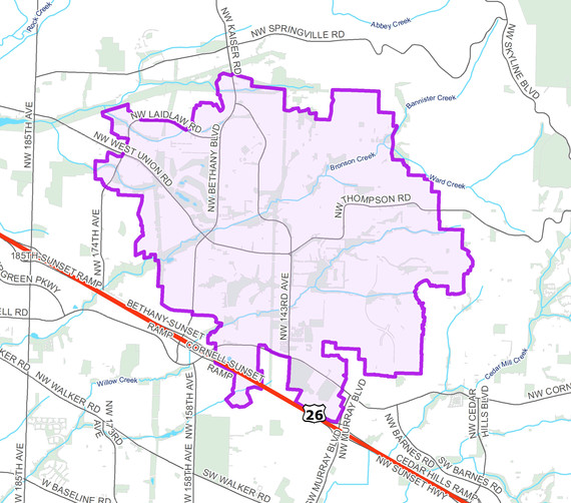 The yard debris quarantine area is shown within the purple boundary on the map above. If you have any questions, please contact us [email protected]. Thank you for your cooperation. This time of year, people are finding thousands of boxelder bug nymphs on their properties. The Western boxelder bug adults (Boisea rubrolineata) are about 0.5 in. long, and brownish/ black with red-markings on the sides of their wings, and their nymphs (immature stage) are smaller and bright red in color. The quantity that you may find in your yard can be alarming. Luckily, though boxelder bugs feed on leaves, they are unlikely to cause any damage. Boxelder bugs main hosts are female boxelder trees, but they can also be found on male boxelder trees, ash, and other maples. The adults can become a nuisance in the fall when they head for peoples homes to escape colder temperatures and overwinter. Though they do not bite humans or pets, and will not get into your food, they can aggregate in large numbers. Ways to reduce an infestation in your home include caulking openings and cracks around doors and windows in your home, removing debris and leaf-litter away from the foundation of your home, and vacuuming up any that find their way inside (squishing the bugs are not recommended as they can leave stains). Boxelder bug adult (Boisea rubrolineata) Japanese beetle adult (Popillia japonica) For more information about Boxelder bugs, click here. And please do not hesitate to reach out or ask any questions you may have by calling 1-800-525-0137 or emailing us at [email protected] The primary treatment operations to eradicate Japanese beetle for 2019 have been completed! This year we treated 8,200 properties in Washington Co. between April 2 and June 7. Thank you to everyone for your continued support!
This year, for the first time, we decided to do a supplementary foliar application in areas with higher beetle density. We are supplementing the granular treatment (Acelepryn G®) with a foliar spray (Acelepryn®) that in areas within 200 meters of a trap that collected 75 beetles or more. The foliar spray has the same active ingredient (chlorantraniliprole) as the granular treatment, and therefore the same minimal risks. While Acelepryn G® was applied to turf and ornamental plants in an effort to target Japanese beetle larvae, the Acelepryn® foliar spray will be applied to ornamental trees, shrubs and plants in an effort to target Japanese beetle adults. This application is both free and voluntary, and you will be notified if your home falls within this smaller treatment area of approximately 800 properties. As always not hesitate to reach out or ask any questions you may have by calling 1-800-525-0137 or emailing us at [email protected] To all first-time site visitors: welcome! And thank you for reading more about this important project to protect Oregon’s agricultural economy and natural resources.
Here is a quick update on decisions made in the last few months In the summer of 2018, Oregon Department of Agriculture (ODA)’s traps caught over 17,000 Japanese beetles. Treatments in 2017 reduced the 2018 Japanese beetle populations by approximately 34%. In response, this past winter the Japanese beetle project team has been busy analyzing the detections and meeting with partners to create a strategy for 2019. The beetle battle is in high gear! Based on the information collected, the project is moving in the right direction with a lot of work ahead. A third year of treatment is proposed for 2019 with an expanded boundary to treat new areas where beetles have been found. The treatment will happen in March, April, and May using the same larvicide, Acelepryn G. Acelepryn G will be broadcast in the form of small granules over irrigated turf grass and ornamental beds of all properties in the designated treatment area in Washington County. In areas where the largest concentration of beetles were found last year, ODA may need to do a smaller targeted application of Acelepryn later in the summer to increase effectiveness of the treatment. Note: if you are in the area identified as needing an additional treatment, you will receive official notice by mail. How to help This is the state’s largest Japanese beetle eradication effort. There are multiple ways that you can help. Required
If you have questions or concerns, please look over our extensive Frequently Asked Questions about the project. Still have questions? Contact the ODA team. [Category tags: Consent, Community Engagement, Larvicide - Acelepryn, Residents, Updates, Treatment, Washington County] Community Open House A drop-in style, open house was held at Sunset High School on Tuesday, February 19th. Attendees who came were able to ask questions of the expert team leading and supporting the project. Info Session: Japanese beetle in Washington County An online information session was held on Wednesday, February 13th. The Oregon Department of Agriculture welcomes your questions and comments. Find out how to contact the project team by visiting our Contact Page.
*Edited February 22, 2019 to include up-to-date opportunities to learn more. [Category Tags: Beetles in Oregon, Community Engagement, Japanese Beetle Basics, Japanese Beetle Threats, Larvicide - Acelepryn, Quarantine, Treatment, Yard Debris] |
Header photograph by Whitney Cranshaw, bugwood.org
Categories
All
Archives
January 2024
|
|
This website is intended to provide readers with information that has been peer reviewed and produced from transparent and accountable sources. The Oregon Department of Agriculture is the lead agency for this project and maintains this website.
|
© COPYRIGHT 2018. ALL RIGHTS RESERVED.

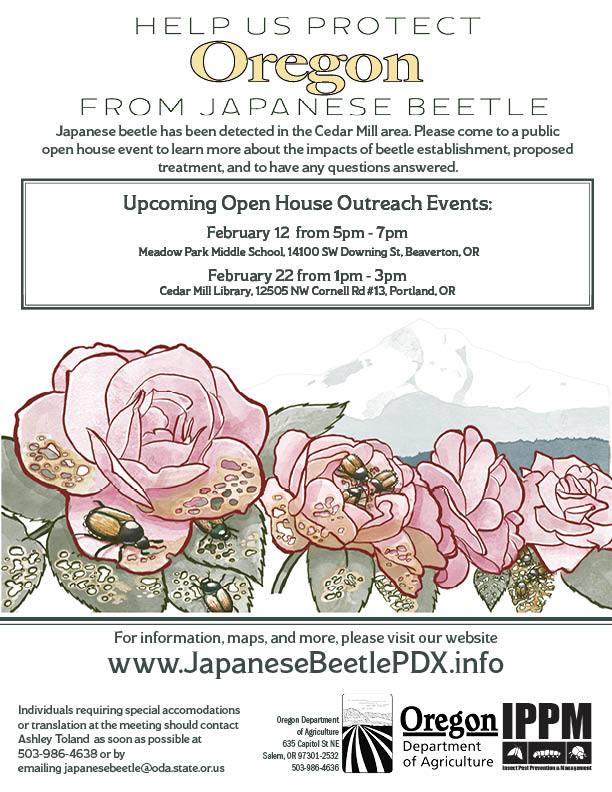
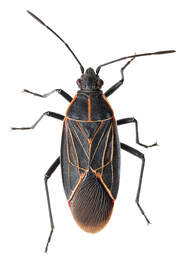
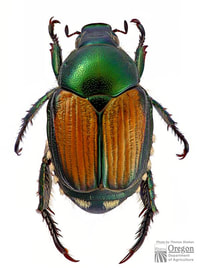
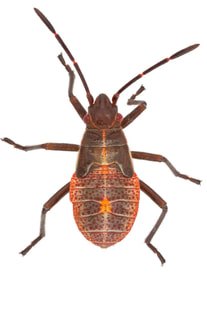
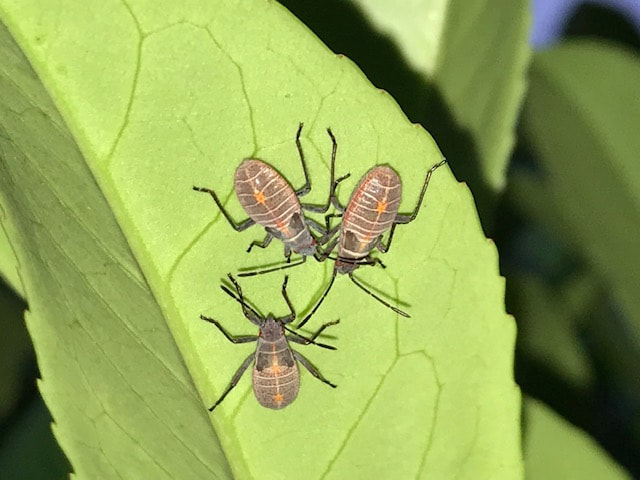
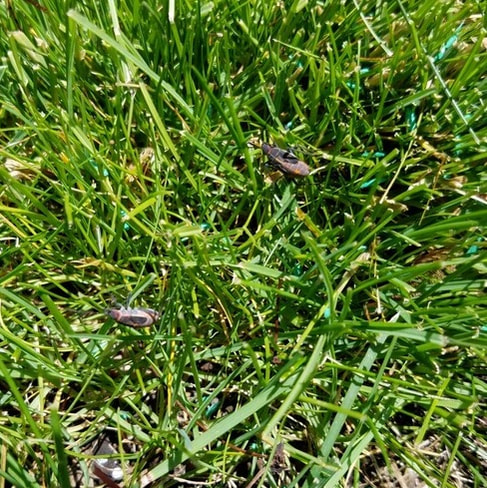
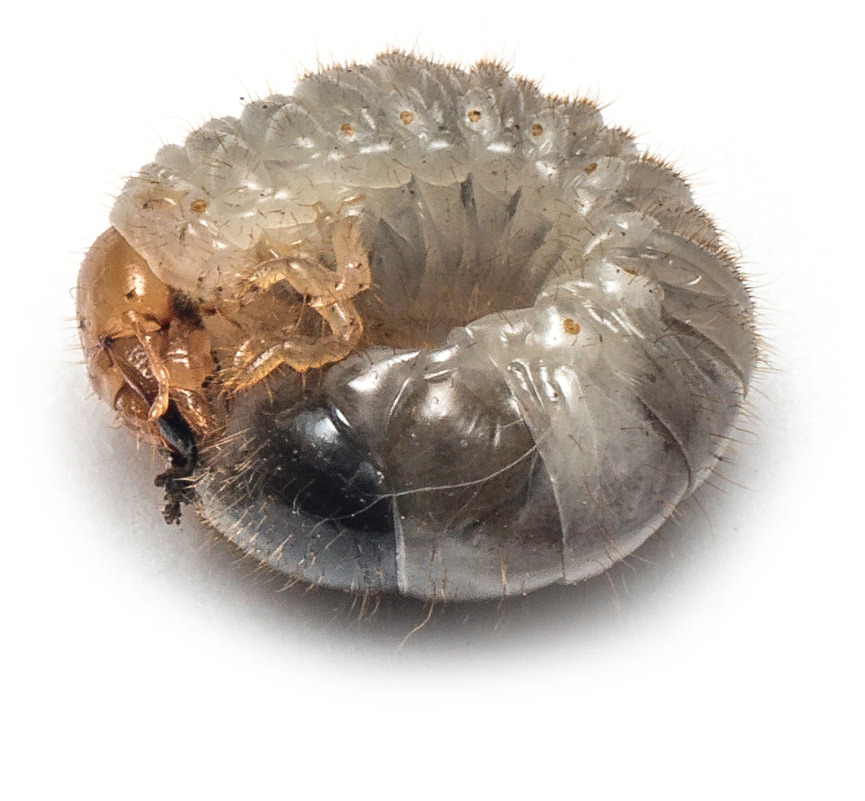
 RSS Feed
RSS Feed
